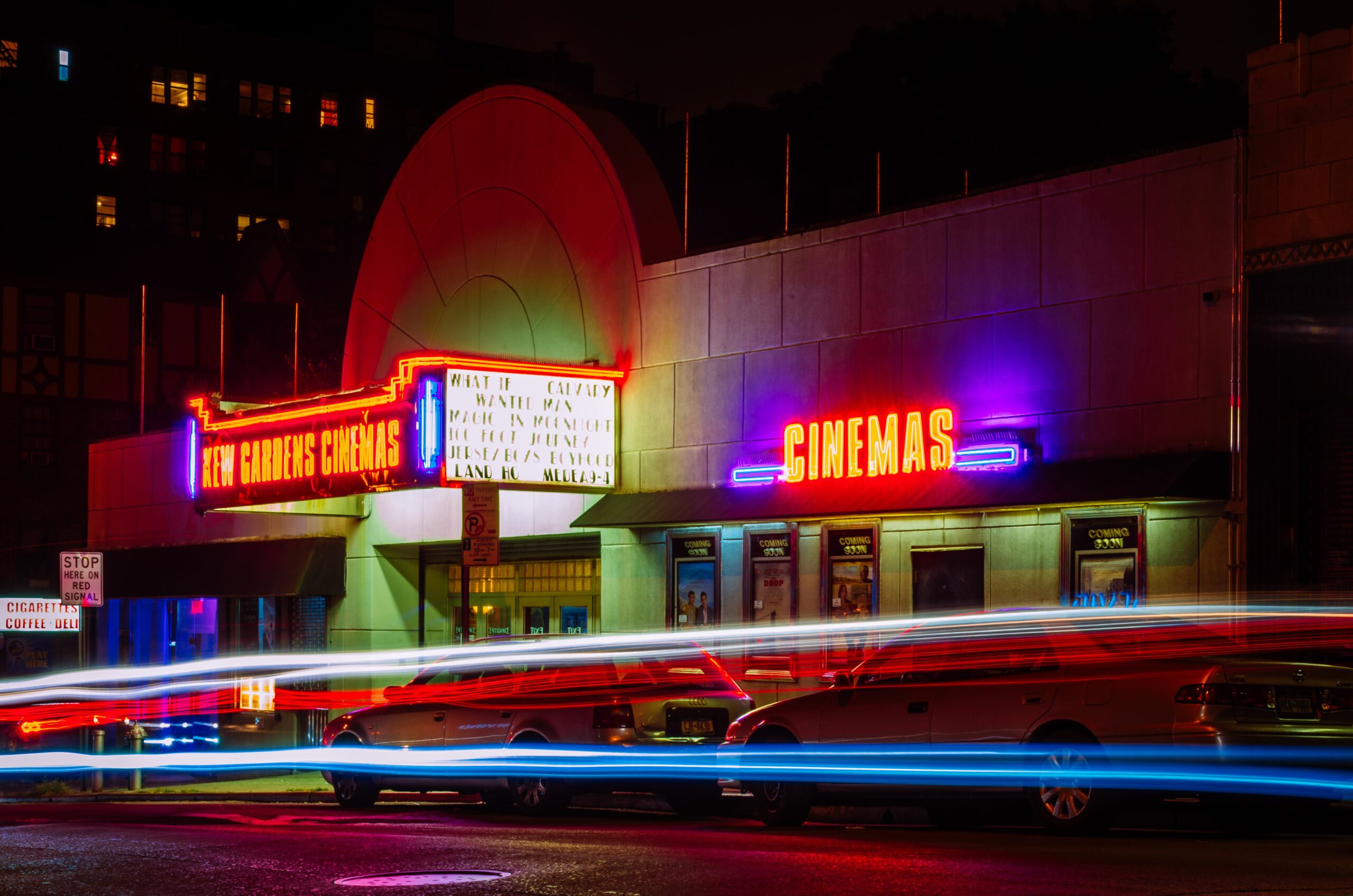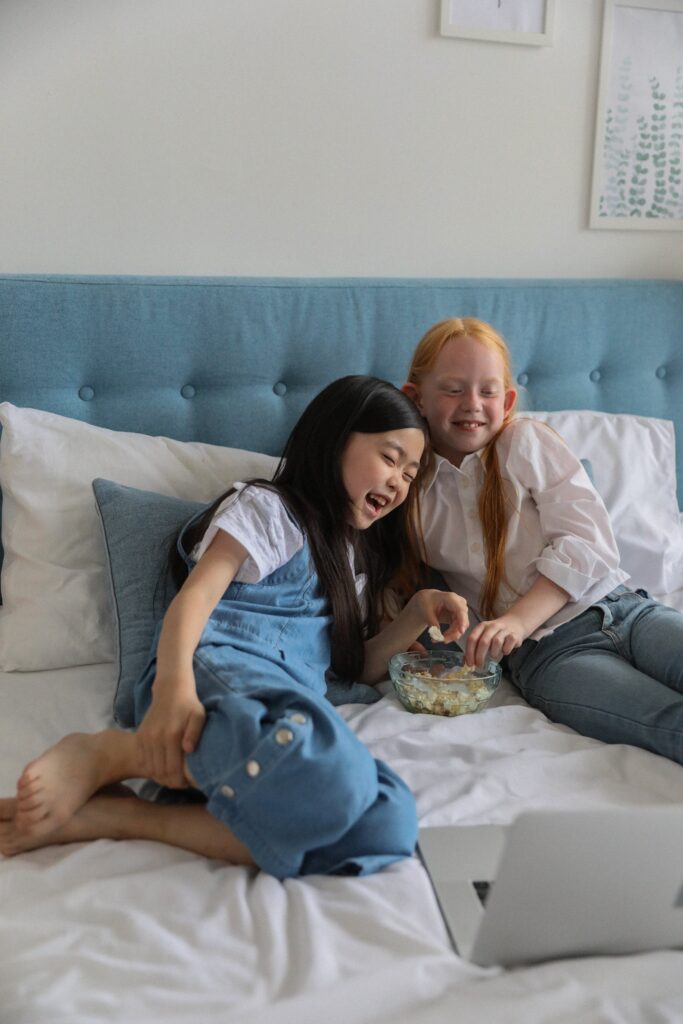How Long Is the Barbie Movie? Unveiling the Magical Runtime!

“Barbie” boasts a runtime of one hour and 54 minutes, as indicated by IMDb, equating to 114 minutes. This duration serves as a clear indication that the film is not specifically tailored for younger audiences. Typically, children’s movies adhere to shorter runtimes, usually not exceeding 100 minutes, to align with their limited attention spans.
- How Long Is the Barbie Movie? Unveiling the Magical Runtime!
- Why Is Barbie Movie So Popular?
- Is Barbie Movie Ok For Kids?
- Does The Barbie Movie Have LGBTQ?
- Is The Barbie Movie Feminist?
- Is There Any Kissing Scene In Barbie Movie?
Why Is Barbie Movie So Popular?
Barbie dolls stand out as one of the most beloved toys, with over 1 billion dolls sold since their introduction in 1959, as reported by Time magazine.
This extensive popularity translates into a myriad of experiences with Barbie dolls. Whether individuals engaged in play with Barbies during childhood, harbored a desire to do so, or held a different opinion, the range of experiences associated with Barbie is vast, and the film cleverly acknowledged this fact.
The tagline for “Barbie” encapsulated this sentiment: “If you love Barbie, this movie is for you. If you hate Barbie, this movie is for you,” as highlighted by The New York Times.
According to Ayalla Ruvio, a marketing professor at Michigan State University’s Broad College of Business, the brand’s strong nostalgic value resonates across age groups, with individuals ranging from 30 to 60 feeling that the movie is tailored specifically for them, as shared with ABC News.
This nostalgic appeal, combined with the universal aspect of playing with Barbies, laid the foundation for the film’s success and gave rise to a distinctive phenomenon in theaters: moviegoers dressing up in pink to attend screenings.
Warner Bros. president of global marketing, Josh Goldstine, shared an anecdote about his wife taking his 86-year-old mother-in-law to the movie, describing a theater filled with a sea of pink. This trend transforms a simple trip to the cinema into a collective and delightful experience, emphasizing the communal aspect of the movie-watching event, as conveyed to Variety.

Is Barbie Movie Ok For Kids?
The “Barbie” movie caters to a diverse audience, offering something for everyone. However, determining if it’s the right choice for your children depends on individual comfort levels and family values. Despite containing adult themes, mild language, and suggestive references, many parents have found it suitable for their children and tweens.
Beyond its entertainment value, the “Barbie” movie serves as a valuable catalyst for initiating or continuing thoughtful discussions about essential topics such as diversity, inclusion, and self-image. While some kids may not be ready for these discussions, the movie still provides ample laughter, stunning visuals, and a delightful cast of characters, delivering a feel-good message about embracing one’s true self.
Does The Barbie Movie Have LGBTQ?
The feminist theme of female empowerment is prominently featured in Margot Robbie’s portrayal of the ‘stereotypical’ Barbie throughout the entire movie. However, “Barbie” goes beyond stereotypes, sparking a broader conversation about womanhood and manhood. Diverse actresses, including trans actress Hari Nef, portray Barbie dolls in various roles, such as Doctor Barbie. Although the film doesn’t delve into trans identity explicitly, it subtly addresses LGBTQ+ issues through these characters.
Remarkably, the movie boasts a cast that includes openly LGBTQ+ actors like Hari Nef, Kate McKinnon, Alexandra Shipp, and Scott Evans. Even before its release, some conservatives, including a Christian preacher, criticized the film for its perceived queerness.
Within Barbieland, where all Barbie dolls reside, womanhood is not determined by physical attributes but by one’s personal feelings, echoing Barbie’s identity as a doll. The absence of genitals in the dolls challenges the notion of defining trans Barbie solely through anatomy. In real life, anti-trans conservatives often use genitals to question trans women’s womanhood, a perspective dismissed in Barbie, where women express femininity without being confined to physical attributes.
While unintentional, the absence of genitals also challenges the assumption that dolls should mirror only cisgender women. Featuring a trans actress in the role of Barbie underscores that the dolls’ womanhood and femininity extend beyond cis women, emphasizing the inclusion of trans women in the broader concept of womanhood portrayed in the film.
Is The Barbie Movie Feminist?
The Barbie movie has not only shattered box-office records but also brought dress-up back into the spotlight, raising questions about the doll’s portrayal as a feminist icon. The film is set in Barbieland, where women hold positions of power, offering a stark contrast to the real world. While some view the movie as a powerful feminist statement, others criticize it as overly woke. The Barbie doll itself has been a subject of debate since its inception in 1959, facing backlash for perpetuating unrealistic body image and gender norms.
Rooted in a German doll called Bild Lilli, Barbie has been a symbol of proto-feminism from the beginning, designed by Ruth Handler to inspire girls to pursue any career. However, Barbie has faced criticism over the years for its body proportions and reinforcement of traditional gender roles. The movie, described as “incredibly feminist” by some, is seen as a Rorschach test, with varying perceptions of the iconic doll.
Over time, Barbie evolved with societal changes, introducing diverse dolls and embracing body positivity. The film’s production design references the Barbies of the early 1990s, reflecting the messages of third-wave feminism. Barbie has become a symbol of intersectional feminism, featuring dolls modeled after inspirational figures and individuals with disabilities. The movie reflects how young girls play with Barbies, portraying a diverse and empowering Barbieland.
Despite Barbie’s contested feminist identity, it remains a significant cultural icon, used by writers and artists as a metaphor. The label of feminism has been both embraced and rejected by Mattel executives, highlighting the complexity of Barbie’s cultural impact.
Is There Any Kissing Scene In Barbie Movie?
If you were a child with Barbies or Kens, chances are you engaged in the classic face-mashing play to simulate kisses. However, the recent “Barbie” movie, breaking box office records and reaching $1 billion in just 17 days, brought a live-action version of childhood scenarios to the big screen, excluding one significant detail—kissing scenes.
While the film showcased Barbie and Ken in various playful situations like space adventures and camping trips, it omitted any romantic interactions. Despite the absence of such scenes, the idea of a Barbie and Ken kiss was not entirely off the table during the planning stages. In an Instagram interview with stars Margot Robbie and Ryan Gosling, Robbie humorously shared the attempt to explore a kissing scene. She playfully mentioned contemplating an open-mouth kiss, and Gosling added a lighthearted comment, creating a humorous moment.
However, the practicality of replicating how kids played with their dolls presented challenges. Mimicking the unrealistic movements of plastic dolls in a lifelike kiss raised concerns about the potential awkwardness and lack of authenticity. Gosling remarked on the comical nature of attempting to decipher what Barbie and Ken’s idea of kissing might be and expressed relief that such scenes were ultimately left out of the final cut.
In retrospect, the decision not to include kissing scenes worked in favor of maintaining the film’s fairytale atmosphere. The exclusion spared the audience from overthinking the mechanics of doll romance and allowed the movie to stay true to its whimsical charm.